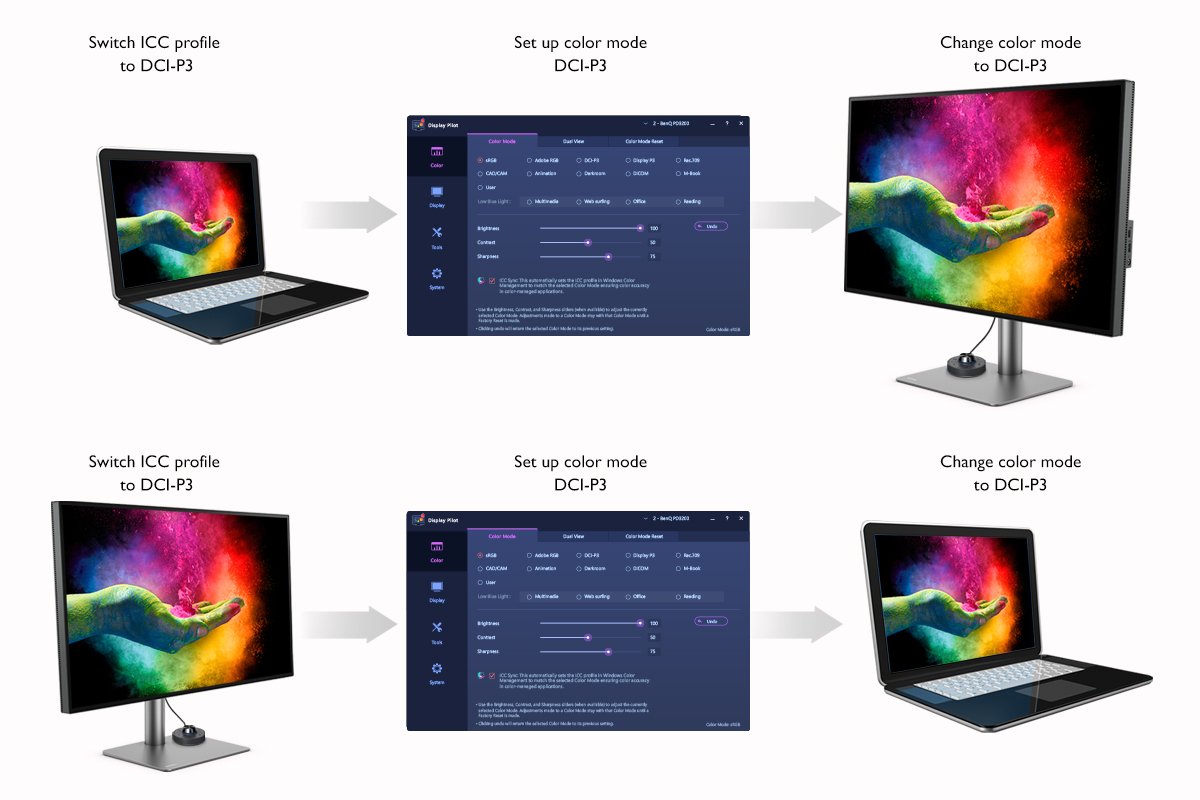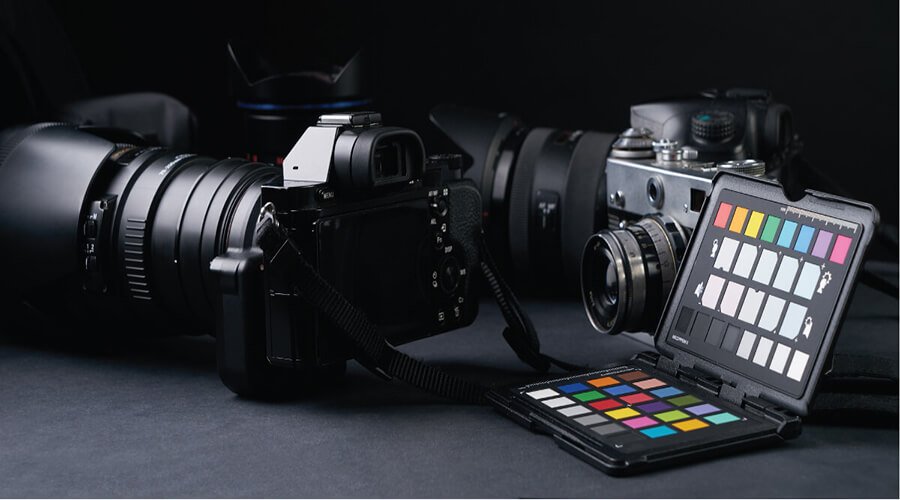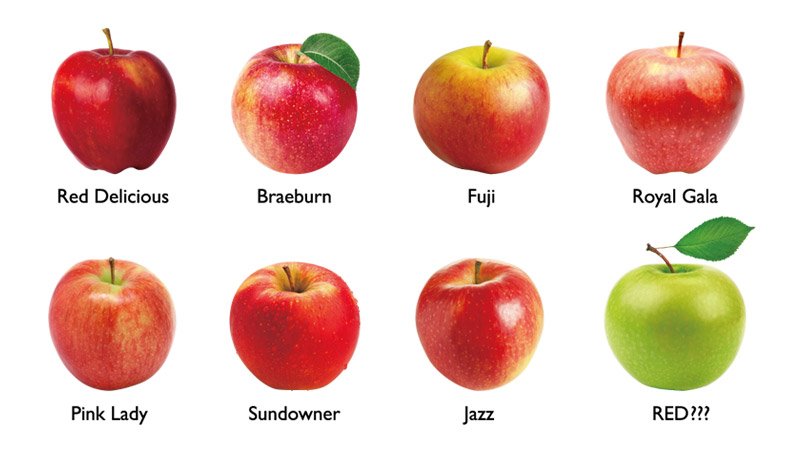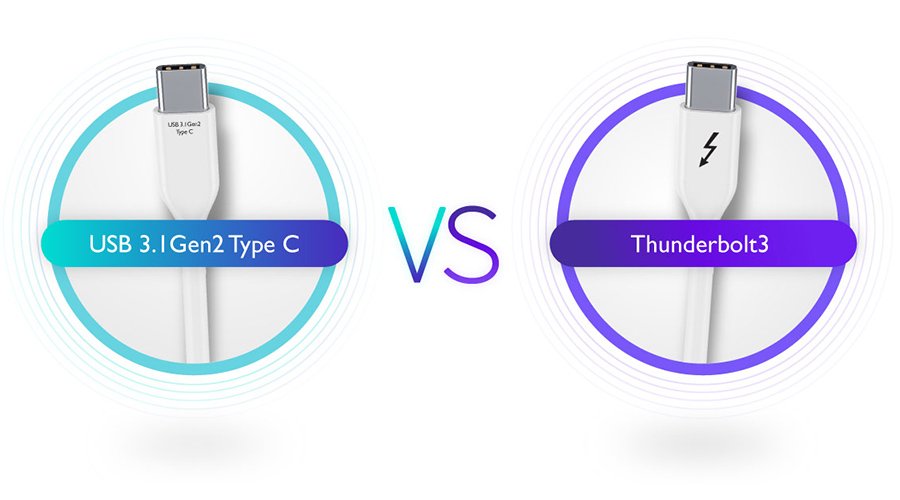Colour plays a crucial role in things we use and buy, and for those who design items like these for a living, ensuring colour is accurately applied and displayed is a key aspect of their work. With most of the steps in the design process now being executed digitally, designers are relying more heavily on their computers and monitors to guarantee the accurate display of colours. In order to ensure the highest level of colour accuracy, designers have to first familiarize themselves with a tiny set of data called ICC Profile, which plays a small yet decisive role in the design process.














